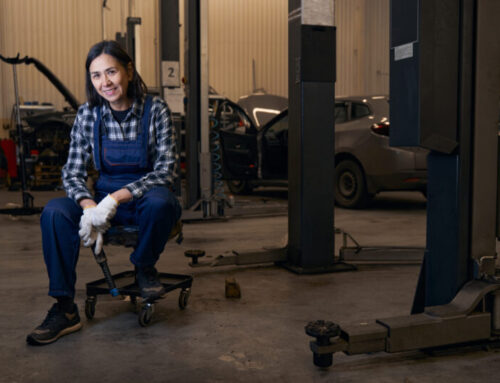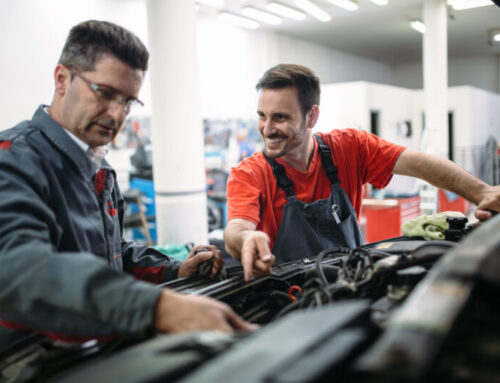
The fundamental purpose of a hi vis uniform is to minimise the chances of accidents and to keep people safe in potentially risky working environments. Hi vis clothing is especially important for anybody working with heavy duty machinery and for those who work in bad weather conditions, low-level light, or any other circumstance where being seen will reduce the chance of injury. Appropriate hi vis uniforms are particularly important for outdoor jobs that bring your teams in close contact with traffic such as cars and buses.
It’s essential to first establish that hi vis clothing isn’t a luxury — it’s an important health and safety requirement that could stand between your workers and serious injury. However, within the broad field of hi vis uniforms, there are separate characteristics and requirements that clearly define each type of garment. Therefore, let’s start by taking a closer look at EN ISO 20471 certification, to get a better understanding of the requirements and characteristics of all hi vis workwear.
Understanding EN ISO 20471 Certification
EN ISO 20471 is an international standard that covers the safety and reflective qualities of all hi vis uniforms, including jackets, vests, trousers, and more. The main purpose of the EN ISO 20471 standard is to ensure that reflective materials are both up to the task and long-lasting.
To meet demanding standards of certification, your hi vis workwear must be “capable of visually signalling the user’s presence.” Certification lasts for up to 5 years so if your workwear is over five years old it will no longer be considered compliant with the latest safety standards and will likely need to be replaced.
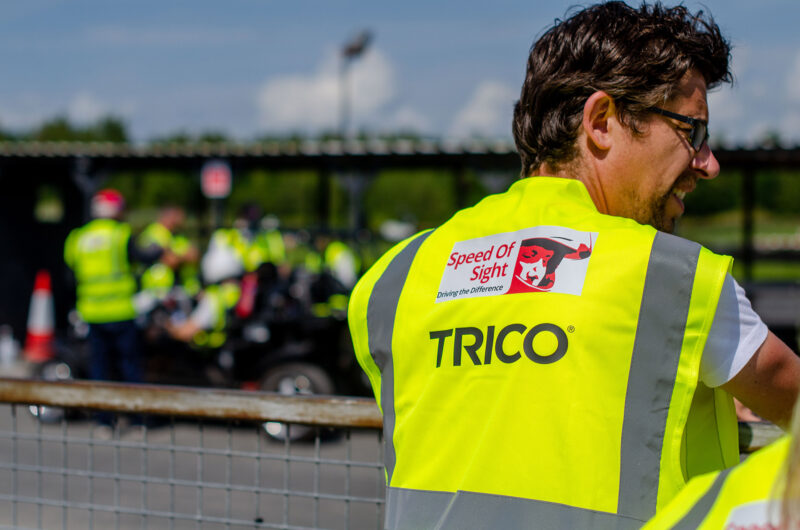
While certification for EN ISO 20471 has replaced the now defunct EN471, the class categorisation of each reflective fabric remains the same. If you’re in any way unsure if your teams’ hi vis uniforms meet the latest standards, you should check labels on the clothes — or get in touch with a specialist workwear supplier for advice about the latest guidance.
The Characteristics of EN ISO 20471 Uniforms
EN ISO 20471 sets exacting performance standards for all hi vis uniforms. The characteristics of this type of clothing can be broken down into three main components — the amount of fluorescent material, the presence of contrast materials, and the inclusion of reflective strips.
Let’s take a look at these components in more detail:
- Fluorescent material: This enhances low-level daylight and boosts visibility at night
- Reflective strips: Again, these are intended to boost low levels of light during the day. If there is a nearby light source, a reflective strip will create retro-reflection to provide visibility that is particularly important in darkness. Reflective strips come in different forms, with the most common being ‘glass beads reflective’. EN ISO standards dictate that there should be reflective strips around both the legs and sleeves
- Contrast material: It’s common for hi vis uniforms to use a contrast fabric in sections of the clothing where a build up of grime and dirt is more likely to happen. These areas often include the sleeve-ends and abdomen of upper body workwear, and around the ankle and knees of reflective trousers. Contrast materials make it less likely for dirt to spread onto the vital reflective sections of the uniform
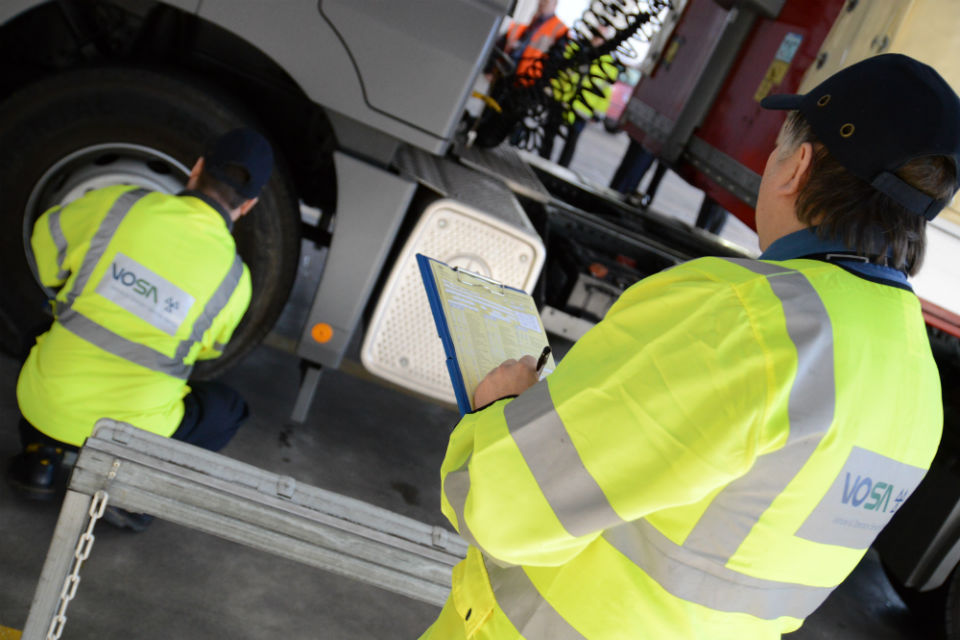
The standard also covers any clothing adjustments that should be avoided to make sure that the minimum reflective area requirements are still met. An example of how this type of adjustment could affect the item’s reflective qualities could be applied to work trousers. For instance, rolling over trouser bottoms, or tucking them into work boots, is likely to limit the amount of reflective fabric on display, which would make the clothing non-compliant with hi vis uniform safety standards.
Additional characteristics of hi vis workwear are colours, surface area, and performance. There are three fluorescent colours that come as standard, orange, yellow, and red. Orange material is seen as the strictest code and must be worn in higher risk situations, such as beside railway lines. Surface area must conform to EN ISO standards and, in terms of performance, the garments must have tensile strength, thermal resistance and stability.
What Are the Different Classes of Hi Vis Uniforms?
All hi vis uniforms fall within one of three unique classes (Classes one to three). The class of each garment is written on its label, along with the EN ISO 20471 icon. Each class has a set level of reflective material, so the class of clothing that your team needs will be dictated by the level of risk involved in their role.
To help you get a better understanding of what type of hi vis uniform you need, let’s take a look at the individual classes in more detail:
- EN ISO 20471 Class 1: Hi vis class 1 has the least reflective and fluorescent materials. In this class it’s expected that only one reflective garment would need to be worn by the user, ordinarily trousers. Adding a vest or jacket to the trousers would push the uniform into a higher class as a result of the added visibility.
- EN ISO 20471 Class 2: Hi vis class 2 offers mid-level visibility. A high vis vest could be classed in this bracket, as it’s worn further up the body so is more easily seen than trousers due to the higher eye line.
- EN ISO 20471 Class 3: The third hi vis class is intended to offer the highest level of visibility. This can be achieved through a combination of individual reflective garments or one larger garment that covers the necessary surface area and reflectibility by itself. For example, class 3 certification standards could be met with either a long reflective jacket, or hi vis trousers and a vest.
If you’re unsure which class of hi vis uniform is right for your teams, you should start by performing a thorough risk assessment and going from there.
Why Is Maintenance of Hi Vis Uniforms So Important?
It stands to reason that clothing worn near traffic and in semi or full darkness will quickly pick up dirt and grime. When this happens, the reflective strips and fluorescent materials become much less effective, making regular washing of your workwear essential. It’s also important to consult the washing instructions to maximise the lifespan and efficiency of the uniform.
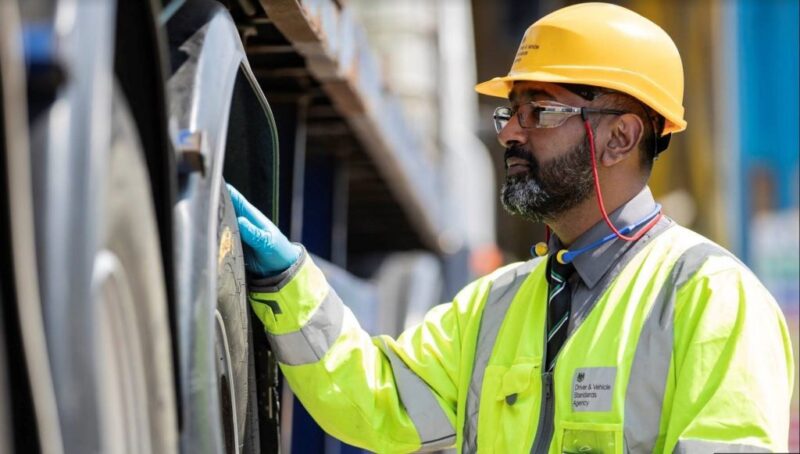
You can expect your hi vis garments to last for around 25 wash cycles before the beading starts to lose reflectiveness and the material starts to fade. When this happens, the garments will no longer be compliant with EN ISO 20471, so will need to be replaced. On average, you can expect your workwear to last for around six months.
Ideally, you should aim to provide your teams with two of every garment, which will allow them to rotate clothes and maximise their lifespan. A well-rotated hi vis item could last for up to eight months, providing your teams with safer working conditions for a longer time. Ultimately, when it comes to safety, cutting corners should not even be considered an option. Consult a workwear expert to help decide the right uniforms for your teams.
Choose Leighmans for Your Hi Vis Workwear Needs
Leighmans are industry specialists in automotive workwear. We know how important it is to ensure the safety of your commercial teams — our range of hi vis workwear is designed to offer security, comfort, and the highest possible standard of materials. Along with our premium products, we also provide a seamless journey from ordering through to delivery and put your requirements at the heart of everything we do.
Whether you know exactly what you need, or you want to tap into our expertise to explore your options, we’re here to help. If you’re looking for high quality workwear, innovation, and unrivalled customer service, you’re in safe hands with Leighmans. To learn more, join us on a discovery call today.
Book a Discovery Call
Schedule a 15-minute discovery call to discuss your workwear or merchandising needs, and discover how Leighmans can champion your brand.


